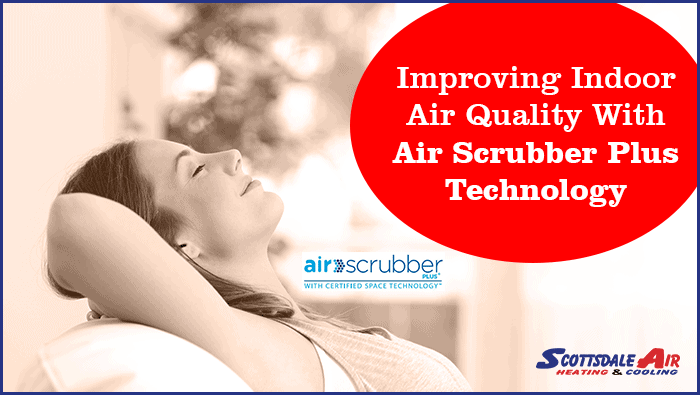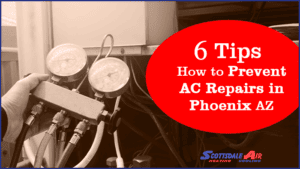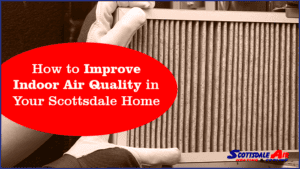Did you know many studies link the size of particles to their potential for causing health harm?
Do you live in an older home?
If you do, there’s a high chance that you’ve started to notice that it’s more stale and unpleasant to spend time in.
That’s because older homes have more difficulty with indoor air quality.
Air quality is often one of the reasons people decide to put older homes on the market.
Improving indoor air quality can be a challenge.
That said, it’s worth it to improve your quality of life.
Want to learn how you can improve air quality in your home? Read on to find out!
Why Improving Indoor Air Quality Is Important
Improving air quality is vital for a variety of reasons.
For one, it can improve your health.
Poor air quality can worsen your health symptoms.
For example, if you suffer from allergies, asthma, or other respiratory problems.
In extreme cases, it can even trigger asthma attacks.
Improving air quality can help you breathe easier and feel better.
Your health isn’t the only thing that suffers when indoor air quality is poor. Your home can, too.
Dust, pollen, and other airborne particles can settle on surfaces.
The settlement of these particles causes them to degrade over time.
Not only is this unsightly, but it can also be expensive to repair or replace damaged items in your home.
Poor air quality can also make it difficult to focus and be productive.
If you work from home, this can have a significant impact on your career.
Fortunately, you can do a few simple things to improve air quality in your home.
How Airborne Particles Can Make You Sick
Poor indoor air quality can make you sick. But how?
Airborne particles are tiny.
These particles can be dust, pollen, mold, bacteria, viruses, and other substances.
Some indoor airborne particles are large enough to see.
The majority are so small that you need a microscope to see them.
When you inhale these particles, they can lodge in your body.
They can enter through the nose, sinuses, throat, and lungs, as well as other parts of the respiratory system.
In some cases, they can even enter your bloodstream.
Once they’re in your body, they can cause various problems.
Large particles such as dust, pollen, and mold spores can cause allergic reactions.
They can also trigger asthmatic attacks in people who have asthma.
Bacteria, viruses, and other tiny particles can cause respiratory infections.
Examples of illnesses include bronchitis, pneumonia, and the common cold.
These infections are usually more severe than those caused by large particles.
The reason is that tiny particles can more easily enter your lungs and other body parts.
In some cases, airborne particles can even cause cancer.
For example, there are links showing exposure to asbestos fibers causing mesothelioma.
Mesothelioma is a rare but deadly cancer affecting the lungs’ lining.
What’s Air Scrubber Plus Technology?
The quality of air is essential to everyone.
The Air Scrubber Plus is an air quality improvement system.
It uses ActivePure technology to clean and purify the air in your home.
Commercial and industrial settings have used this technology for years.
It is now available for your home.
The Air Scrubber Plus uses a four-stage filtration process.
This process removes contaminants from the air.
It also uses ionization. Here are the four steps.
Pre-filter Capture
A pre-filter captures large airborne particles, such as dust and hair.
How does this work?
A pre-filter is much like a sieve.
It has tiny holes that allow air to pass through, but they’re small enough to capture large particles.
They also increase the life of primary internal filters.
Activated Carbon Filter
An activated carbon filter absorbs odors and VOCs (volatile organic compounds).
How does this work?
Activated carbon is a porous material that has a large surface area.
This material allows it to adsorb (attach) to molecules of odors and VOCs.
The carbon filter helps remove odors from the air.
Tobacco smoke is an example.
The limitation of this filter is that it can’t remove fine particles, such as dust and pollen.
Ozone Generator
An ozone generator breaks down mold, bacteria, and viruses. How does this work?
Ozone is a gas made up of three atoms of oxygen (O3).
It’s sometimes called “activated oxygen.”
When ozone comes in contact with mold, bacteria, or viruses, it breaks down its cell walls.
This breakdown kills them.
The Air Scrubber Plus uses a safe amount of ozone.
It’s not enough to be harmful to humans or pets.
Ultraviolet Light
Ultraviolet light (UV) kills germs and bacteria.
How does this work?
UV light is a type of electromagnetic radiation. It’s invisible to the human eye.
When UV light comes in contact with bacteria or viruses, it breaks down their DNA.
This breakdown of DNA prevents them from reproducing.
The Air Scrubber Plus uses a safe amount of UV light.
It’s not enough to be harmful to humans or pets.
Ionization
Air Scrubber Plus also uses “ionization” to improve air quality.
Ionization is a process where negative ions form and circulate throughout the room.
These ions attach to positively charged particles in the air, such as dust, pollen, and smoke.
The ions make the particles heavier, so they fall to the ground instead of floating in the air.
Get Air Scrubber Plus Today
Now that you know how Air Scrubber Plus technology works, it’s time to get one for your home.
This technology is effective in improving indoor air quality.
You shouldn’t overlook the quality of indoor air.
You’ve learned how poor air quality can cause respiratory infections, as well as causing cancer.
Do you want to reduce your family’s exposure to harmful airborne particles?
If so, contact us for more information.
_________________________________________________________________________________________
Are you looking for an Air Scrubber Plus installation company to help your family breathe easier? Give us a call to learn more about how you can improve your indoor air quality today. The team at Scottsdale Air Heating & Cooling has been serving the valley for over 75 years! Call 480-945-7200 or request service online! …*Yes, We DO offer Financing Options.
Read more articles about Heating & Cooling:








